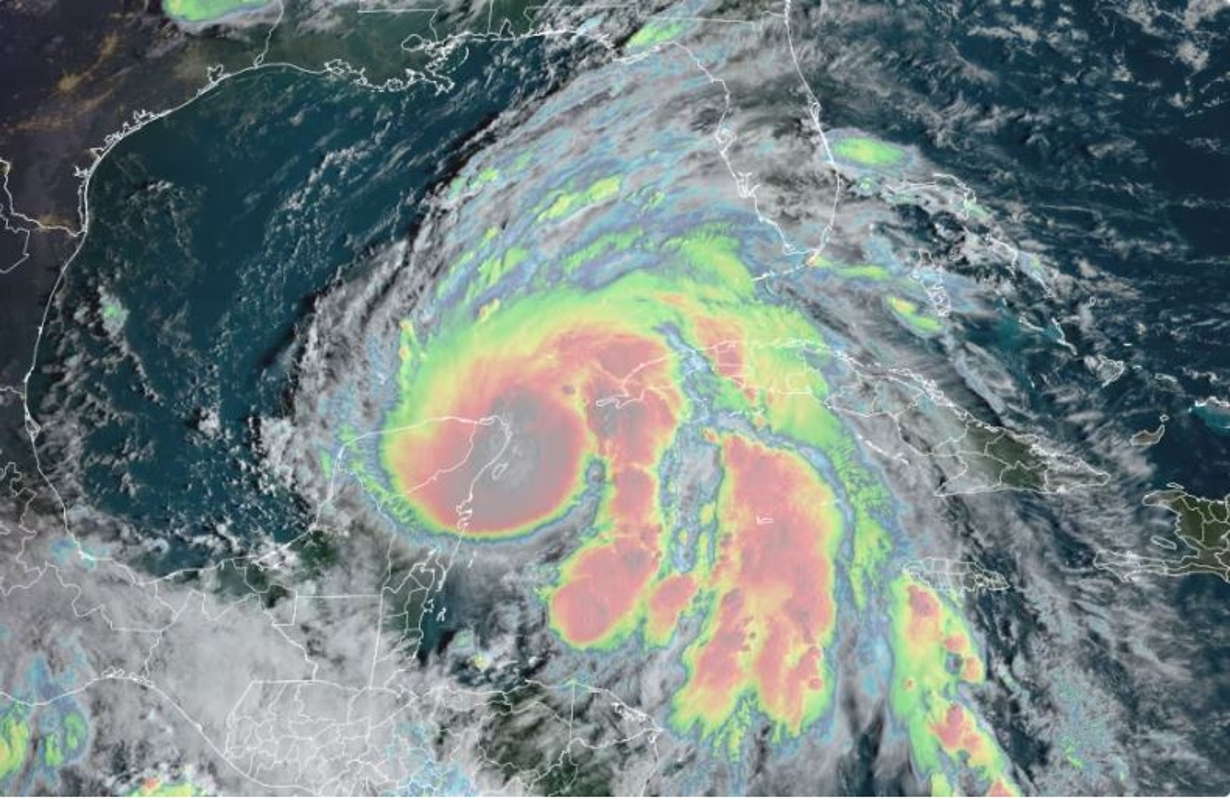Hurricane Helene is intensifying as it heads toward Florida’s Big Bend region, reminding many of the devastation caused by Hurricane Ian in 2022. Helene is expected to make landfall as a Category 3 or 4 hurricane by Thursday evening, bringing life-threatening storm surge, powerful winds, and widespread flooding. Residents in northern Florida are scrambling to prepare as evacuation orders have been issued, and local authorities are urging caution. The physical threat is undeniable, but another critical issue looms: Is Florida’s insurance system, particularly Citizens Property Insurance Corporation, truly prepared to handle another catastrophic storm like Ian?

Governor Ron DeSantis previously voiced concerns about the financial stability of Citizens, suggesting the insurer could become insolvent if hit by a major hurricane. While Citizens has made efforts to improve its financial preparedness for the 2024 season, a closer look at the numbers raises concerns about whether these measures will be enough, especially if Helene causes damage similar to Ian.
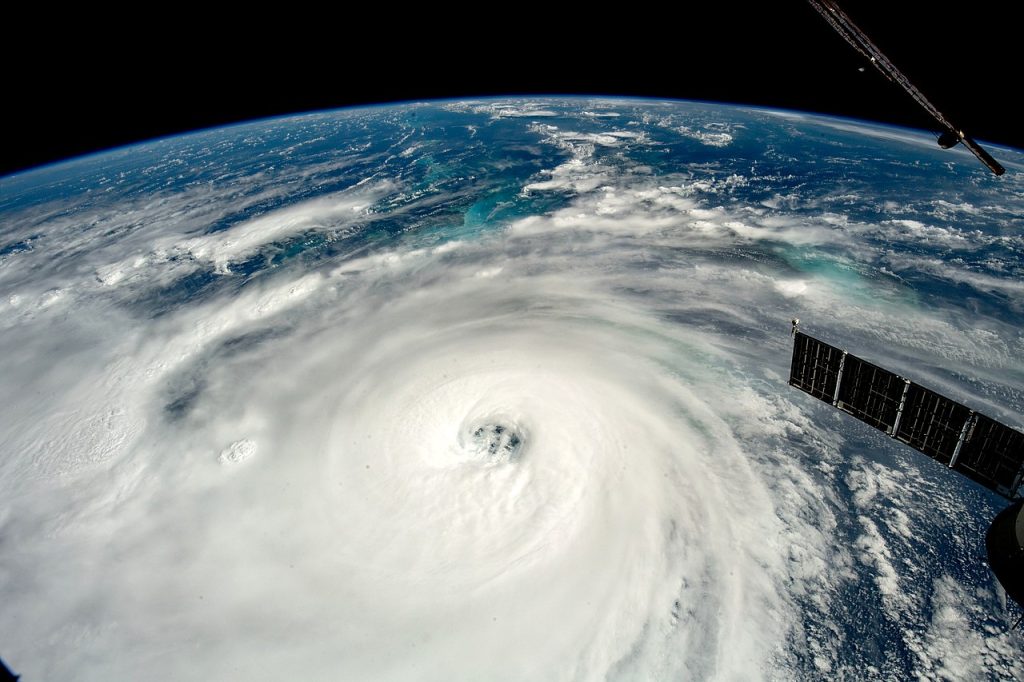
In September 2022, Hurricane Ian caused $118.5 billion in damage, adjusted for inflation, making it the third costliest hurricane in U.S. history. Of that, $67 billion came from insured losses, excluding flood insurance claims. Wind damage alone was estimated between $22 billion and $32 billion, while storm-related flooding added another $18 billion to $36 billion in damages. Ian also left 2.6 million Floridians without power, highlighting the significant disruption a storm of this magnitude can cause. While Ian formed earlier than Helene, it’s path is very similar to that of Helene’s.

If Helene were to cause damage on the same scale, Citizens Property Insurance Corporation could face a financial crisis. For 2024, Citizens has purchased $3.56 billion in reinsurance, bringing its total claims-paying capacity to $14.4 billion when combined with its surplus and the Florida Hurricane Catastrophe Fund. However, this amount falls far short of the losses experienced during Hurricane Ian. Citizens’ Chief Financial Officer Jennifer Montero explained that the reinsurance purchase was based on market conditions and expected needs, but a $14.4 billion claims-paying capacity might not be sufficient to handle another major hurricane, let alone one like Ian.
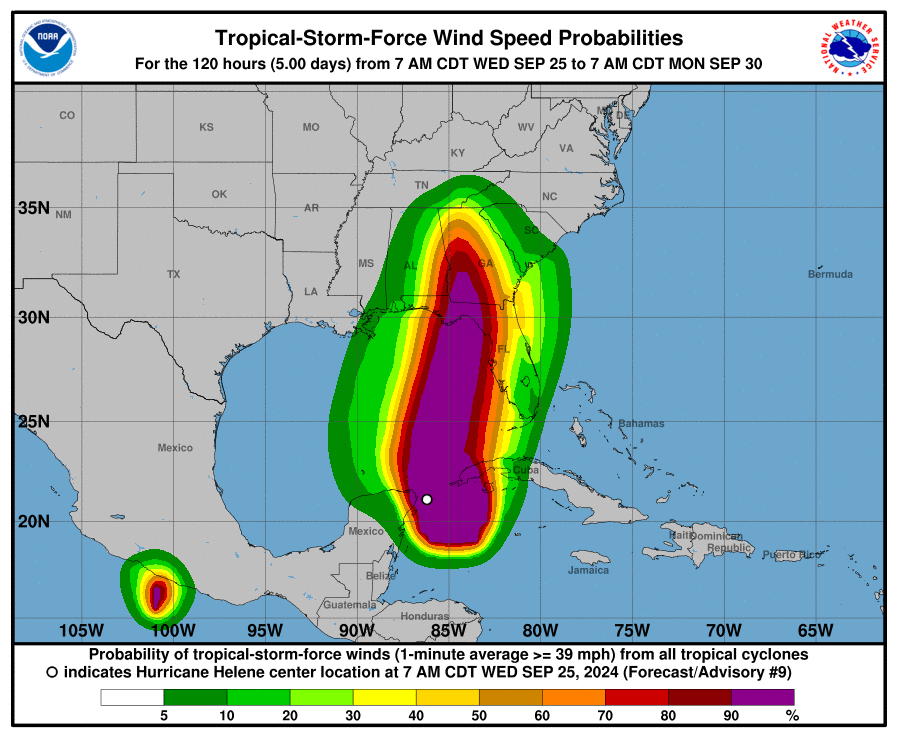
Governor DeSantis’ warnings about Citizens’ solvency seem prescient when comparing these figures. While Citizens has taken steps to strengthen its position, its capacity pales in comparison to the potential damages from a storm like Ian.

The assumption that a 1-in-83-year storm is the worst-case scenario may underestimate the growing frequency and intensity of hurricanes, particularly in light of climate change. Ian, considered a 1-in-20- to 1-in-25-year event, already exceeded what Citizens could currently handle, suggesting that the state’s insurance systems remain vulnerable.
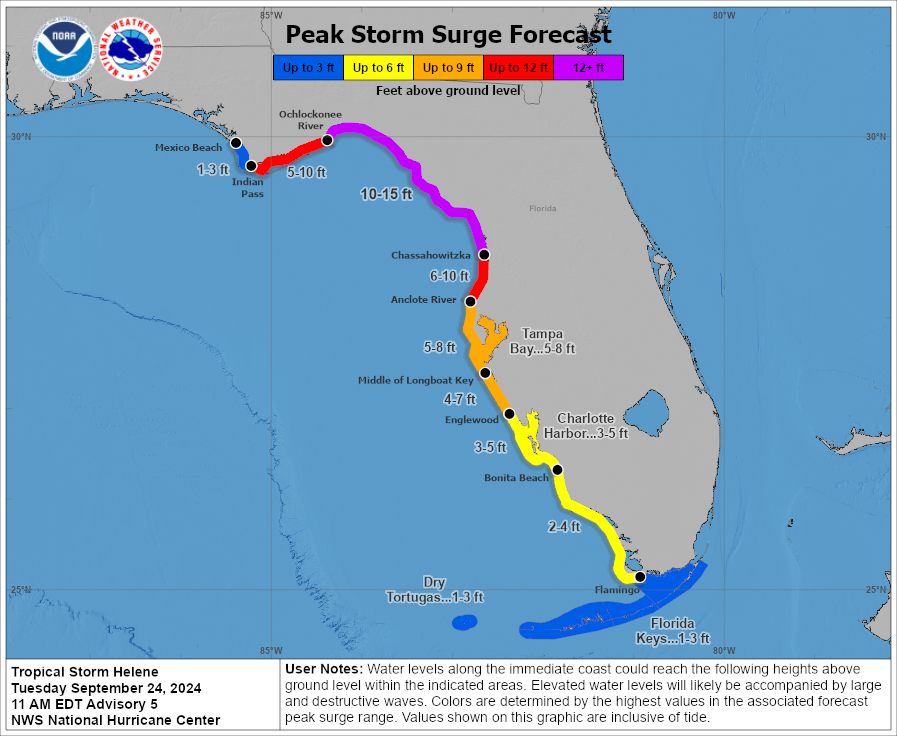
If Helene causes more than $14.4 billion in losses, Citizens would first levy a surcharge on its policyholders. If the deficit persists, all Florida consumers with homeowners, automobile, boat, and other property insurance would face additional assessments.

This approach, while designed to provide financial stability, could place a heavy burden on Floridians already dealing with the physical and economic aftermath of a major hurricane.
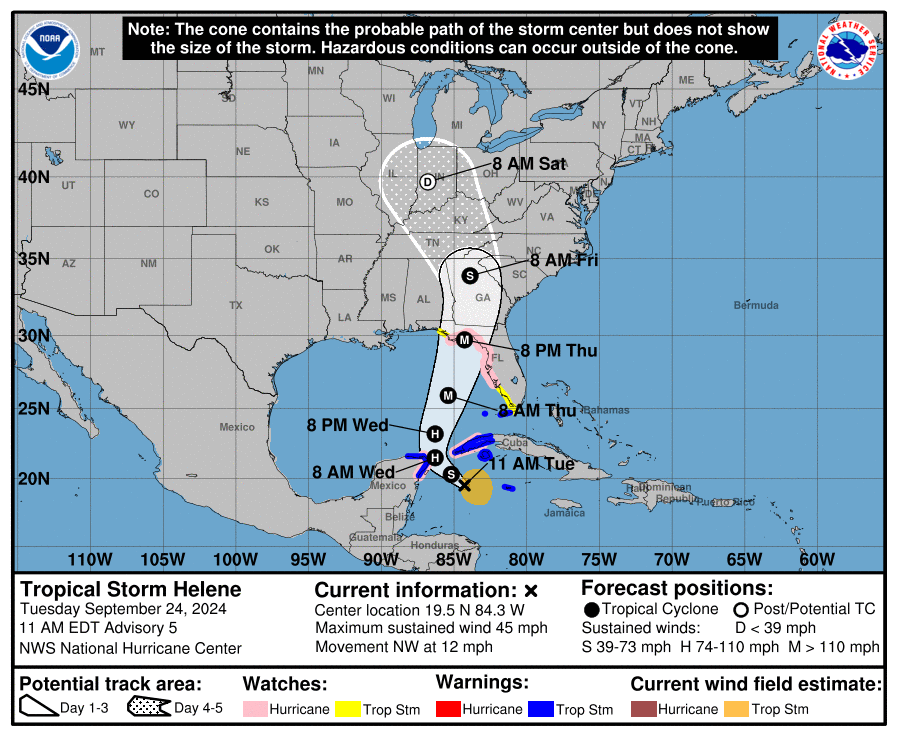
While Citizens has made financial preparations, its reliance on the assumption that a storm of Ian’s magnitude is rare may be overly optimistic. The insurer’s current structure leaves the state exposed to substantial financial risk if Helene—or any future hurricane—matches or exceeds Ian’s damage.
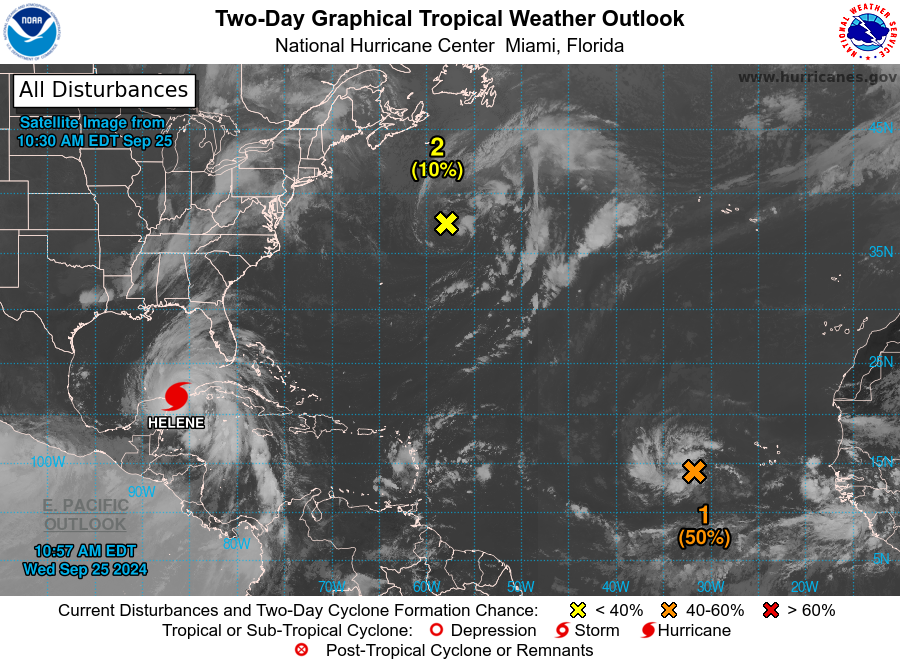
As Hurricane Helene approaches, Florida braces for what could be another catastrophic event. While Citizens has taken steps to prepare financially, its $14.4 billion claims-paying capacity might not be enough if Helene mirrors Ian’s destruction. Governor DeSantis’ concerns about the insurer’s solvency are increasingly validated, and the growing intensity of hurricanes suggests that Citizens’ preparations may not be sufficient. In the days to come, Florida’s insurance and emergency response systems will be tested once again, and the outcome could have lasting consequences for the state’s recovery.

